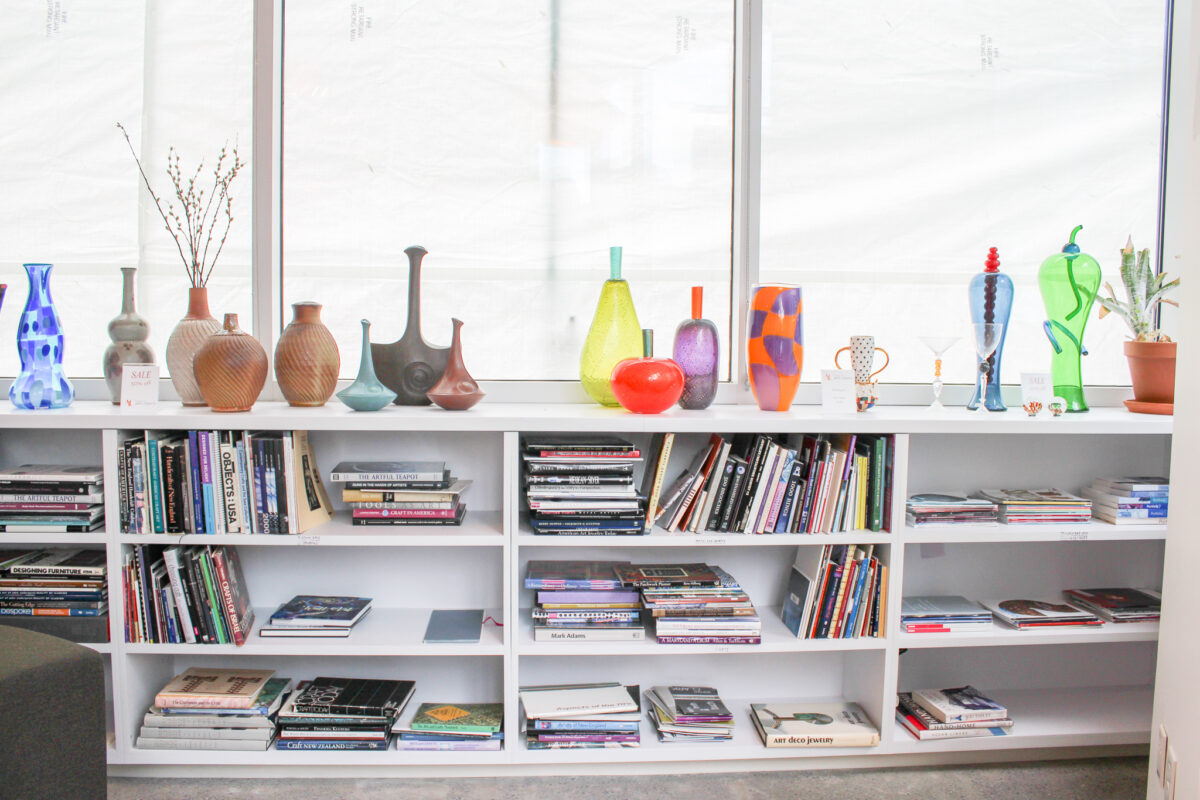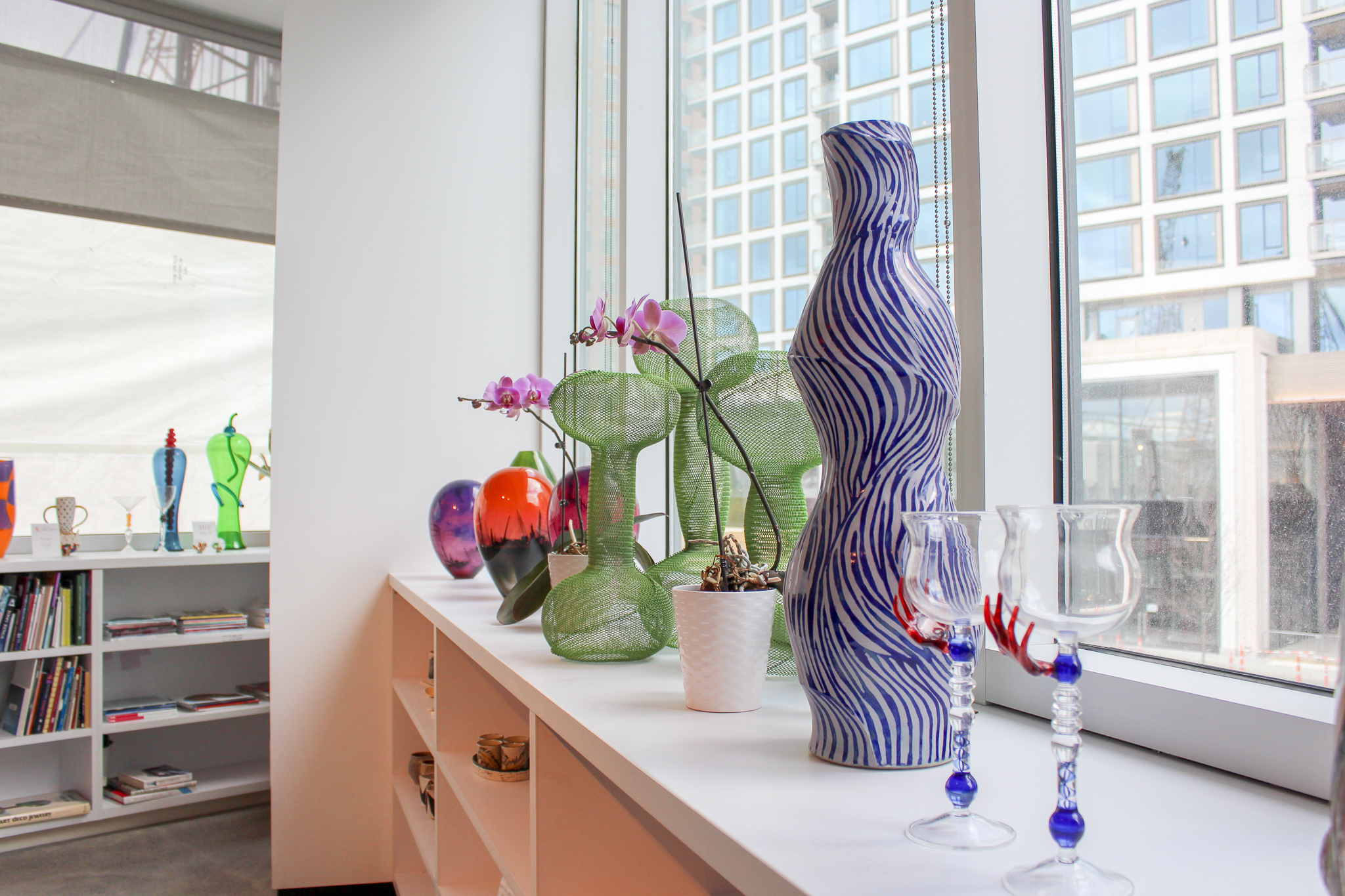
Recently I held a few polls to see how people feel about buying and collecting art. People had a range of concerns and many felt barriers to accessing the art world.
What I want everyone to know is this: art does not have to be expensive, it does not have to come in the form of a painting, and what matters above all else is that you love that piece of art. Art is meant to move you. It’s meant to spark an emotion. When you’re buying a piece, don’t worry about whether it’s “real” or “good” art, if you love it, buy it.
This guide is for beginner art buyers and those purchasing at lower price points. You don’t have to worry about resale value, arranging comprehensive insurance for a work, or authenticating an artwork unless you’re purchasing at a $5,000+ price point so I’m not going to cover that here.
A quick note about my credentials: I grew up in a family full of artists, studied art history in school, and have been an arts and entertainment reporter here in Boston for six years. I’m currently the Arts Editor at The Bay State Banner. I certainly don’t know everything, but I do know everyone deserves to have access to art.
Price & Purchasing
Price was the biggest concern the group I polled had about buying art. But guess what! It doesn’t have to be expensive. I know many local artists offering prints and originals for less than $100, even less than $50. These days many artists sell work online and even through social media. If you don’t see prices or a means of purchasing when you’re looking through an artist’s website or social media, shoot them a message and ask. If it’s more than you want to pay, no harm no foul, but you might be surprised what you can find.
*Etiquette tip: never haggle with an artist or ask for a discount. If your boss came to you and asked for a discount on your salary this month, you’d be furious. It’s the same thing. This is an artist’s job and their creative talents deserve to be compensated.
Medium
Supporting local artists can mean so many different things. Yes it can mean purchasing a painting, print, or photograph to hang on your wall. But it can also mean purchasing a bowl from a local potter, a hand blown glass vase, a book of poetry by a local author, a piece of wearable art like jewelry or a knitted sweater.
Framing
Unless you’re working with a piece that’s an unconventional size, you don’t have to get your artwork custom framed. You can find a frame for standard size works (8×10, 11×15, etc.) at Michaels, Amazon, HomeGoods, Target. I actually scout Goodwill for frames, you can get some nice ones inexpensively and they can always be painted if needed.
Although you don’t by any means have to put your work in an expensive frame I would recommend using a mat (the strip of paper, usually white that goes between the frame and the work). This isn’t just an aesthetic choice, it protects the piece from condensation, dirt, and anything else that might collect on the glass. Mats often come in frames or you can purchase them in standard sizes at the same stores.
 Prints vs Originals
Prints vs Originals
Let’s get one thing clear from the start: prints are art. There’s sort of a scale of how close a print is to an original artwork. Farthest from the original is a digital print, which is downloaded or e-mailed to you by the artist after purchase. This is still art! And it’s usually very accessible in price. The difference is that it can be reproduced indefinitely and there’s no quality control in terms of how you print it out, on what paper, using what ink, etc. Then there are limited edition prints, which have a limited production rate and are typically signed by the artist. These are also produced on the artist’s end using high quality materials. Then there are prints that are handmade by the artist. And finally there is the original work of which there is usually only one.
There is no shame in buying any level of print. That’s real artwork and it’s supporting the artist. It’s also a very price accessible way to have pieces by artists you love but couldn’t spring for an original from.
Caring for Your Work
One of the primary issues you can encounter with prints, photographs, and paintings, is fading over time. To head off those signs of aging you can purchase UV filtered glass for your frame, or you can just hang or display the work outside of direct sunlight to avoid damage. Artworks frequently come with a protective coating of some kind of, but keeping them out of harsh sun is the safest bet to stop premature fading.
I’ll wipe wooden, ceramic, and resign artworks down with a soft dust cloth to keep them clean. Your frames will need dusting as well and occasionally you’ll need to disassemble the frame to give the whole structure a thorough cleaning. I find it’s best to ask the artists at the time of purchase if they recommend any modes of care. No one knows the artwork better!
Where to Find Art
Later this week I’ll be posting a roundup of some of my favorite local artists, almost all of whom sell pieces for less than $100. But there are lots of other places to find artists in your area.
I recommend looking for town and neighborhood arts centers, here in Boston we have the Dorchester Art Project, Brookline Arts Center, Pao Arts Center, and many others. These spots will frequently have shows by local artists or even a directory of those that belong to the organization. You can also search for art on Etsy and adjust the settings to just vendors in your area. I found one of the artists I’ll be featuring this week that way.
Do you have other questions or concerns about purchasing artwork? Leave a comment!
Will written, as an artist and custom picture framer I have one additional suggestion to protect frames art. While a mat between the glass and art is totally important so is adding a dust sheet across the back of the framed art. Dust and bugs, especially the eight legged one, are problematic. Regards, Larry
Thanks, Larry! This is great information.